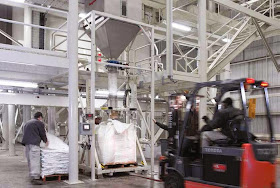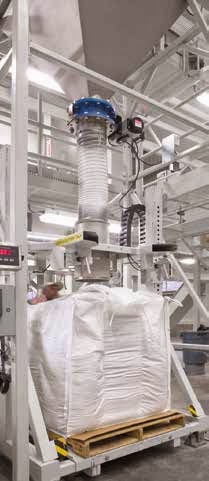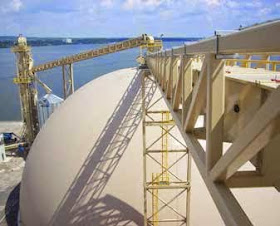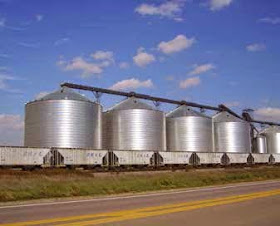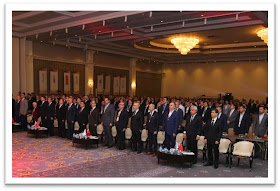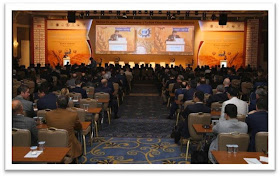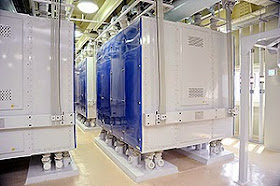2016 will be a very special year for Victam
International BV in Thailand as it is our 25th Anniversary. It seems amazing
that the very first VICTAM Asia event was held in a hotel car park in Bangkok
in 1991. The event was of course much smaller than our current shows in BITEC,
our exhibitors were happy and demanded that we repeat the whole thing again,
and now here we are talking about a show in 2016!
The exhibitions and conferences will take
place from 29 to 31 March 2016, and will be held once again the Bangkok
International Trade & Exhibition Centre (BITEC), Bangkok, Thailand.
 |
The speeches were presented by Mr. Pornsil
Patchrintanakul, President of the Thai Feed Mill Association, Chairman of the
Federation of ASEAN Feed Milling Associations and past VP of Charoen Pokphand
Group, and Mr. Henk van de Bunt, General Manager of Victam International BV.
|
The Synergy of the three shows:
FIAAP Asia 2016 is the only specialist
exhibition and conference for the ingredients, additives and formulation of
feeds for animals, aquafeed and dry petfood for the expanding Asia/Pacific
markets. This show directly relates with VICTAM Asia 2016 as this primarily
profiles animal feed production equipment and technology.
Further about the show VICTAM Asia 2016
which is Asia/Pacific’s largest exhibition of equipment, technology and
ancillary systems required for the safe and effective production of feeds for
animals, aquafeed and dry petfood and biomass pellet production. This show is co-located
with GRAPAS Asia 2016 and FIAAP Asia 2016.
Lastly we have the GRAPAS Asia 2016 and it
is the only trade show in the Asia/Pacific region for rice & flour milling
systems, grain processing, storage, preservation & distribution, industrial
noodle & pasta production, the manufacture of breakfast cereals and
extruded snacks. Animal feeds require grains, etc. as a base for their
production that shows the synergy between the three shows and why it is
co-located with VICTAM Asia.
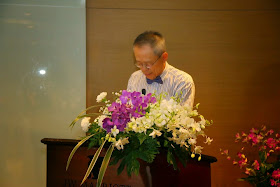 There is also another area where our shows
give added value to both our exhibitors and our visitors and that’s in biomass
pellet production. Biomass pellets are produced through similar technology used
in the production of feed pellets, so the manufacturers of this technology have
adapted it so that they can market their pellet mills to the growing biomass
industries of Asia. If you are visitor from a biomass pelleting plant you will
also need the same equipment used within the other mills silos, conveyors,
bagging systems, etc.
There is also another area where our shows
give added value to both our exhibitors and our visitors and that’s in biomass
pellet production. Biomass pellets are produced through similar technology used
in the production of feed pellets, so the manufacturers of this technology have
adapted it so that they can market their pellet mills to the growing biomass
industries of Asia. If you are visitor from a biomass pelleting plant you will
also need the same equipment used within the other mills silos, conveyors,
bagging systems, etc.
There are a number of supporting
conferences, these are: The FIAAP Conference 2016, Petfood Forum Asia 2016, The
Aquafeed Horizons Asia 2016, The Thai Feed Conference, Pellets Update Asia,
Global Milling Conference/Grapas Conference and Good Manufacturing Practice.
The last event in Asia, held in 2014 was
very successful and completely sold out. The shows attracted over 6000 industry
executives from throughout South and South East Asia. Visitors came from a
total of 63 countries - so a truly international event.
Those of you who were at
FIAAP/VICTAM/GRAPAS Asia 2014 event will recall that we arranged for all the
Presidents and Secretary Generals from all the ASEAN feed milling associations
to attend a specially convened meeting. During this meeting it was decided to
form the Federation of ASEAN Feed Milling Associations. Mr Pornsil is the
current Chairman.
 In 2016 the members of the Federation will
meet again for the 2nd ASEAN Feed Summit at BITEC during our event. Here these feed executives will discuss and
help determine future policies and objectives, together with looking at the
trading and financial implications of the impending ASEAN Free Trade Zone.
In 2016 the members of the Federation will
meet again for the 2nd ASEAN Feed Summit at BITEC during our event. Here these feed executives will discuss and
help determine future policies and objectives, together with looking at the
trading and financial implications of the impending ASEAN Free Trade Zone.
We are proud to have the support of the
following organisations:
• The
Thai Ministry of Agriculture & Co-Operatives
• The
Thai Department of Livestock Development
• The
Thai Rice Exporters Association
• The
Thai Chamber of Commerce
• The
Thailand Convention & Exhibition Bureau
• The
Thai Department of Fisheries
• The
Thai Feed Mill Association
• The
Thai Petfood Association
• The
Thai Rice Milling Association
• The
Thai Rice Packers Association
VICTAM has also another reason for
celebrating and that is because 2015 is the 50th anniversary of the formation
of Victam and the very first VICTAM exhibition which was held in Utrecht in the
Netherlands in 1965. During these years the exhibitions and the series of
conferences that accompany the shows have grown enormously.
What is very pleasing is that there are
still a good number of companies who exhibited in the first show and are still
exhibiting with us in 2015. The technology has changed, as have the faces, but
it is gratifying to see these companies are still trading and expanding their
marketing and sales horizons. Many of them also exhibit in Bangkok.
 FIAAP, VICTAM & GRAPAS International
2015 will be held from 9 to 11 June, within Koelnmesse, in Cologne, Germany. This
is Victam’s largest show with 250 exhibitors coming from all over the world to
display the very latest technology within the fields of animal feed production,
flour milling & grain processing and biomass pelleting. As with our Asian show there is a series of
technical conferences on wide ranging subjects.
FIAAP, VICTAM & GRAPAS International
2015 will be held from 9 to 11 June, within Koelnmesse, in Cologne, Germany. This
is Victam’s largest show with 250 exhibitors coming from all over the world to
display the very latest technology within the fields of animal feed production,
flour milling & grain processing and biomass pelleting. As with our Asian show there is a series of
technical conferences on wide ranging subjects.
This event is the international meeting
place for the feed, milling, grain processing and biomass pelleting industries.
Visit the VICTAM website HERE.


